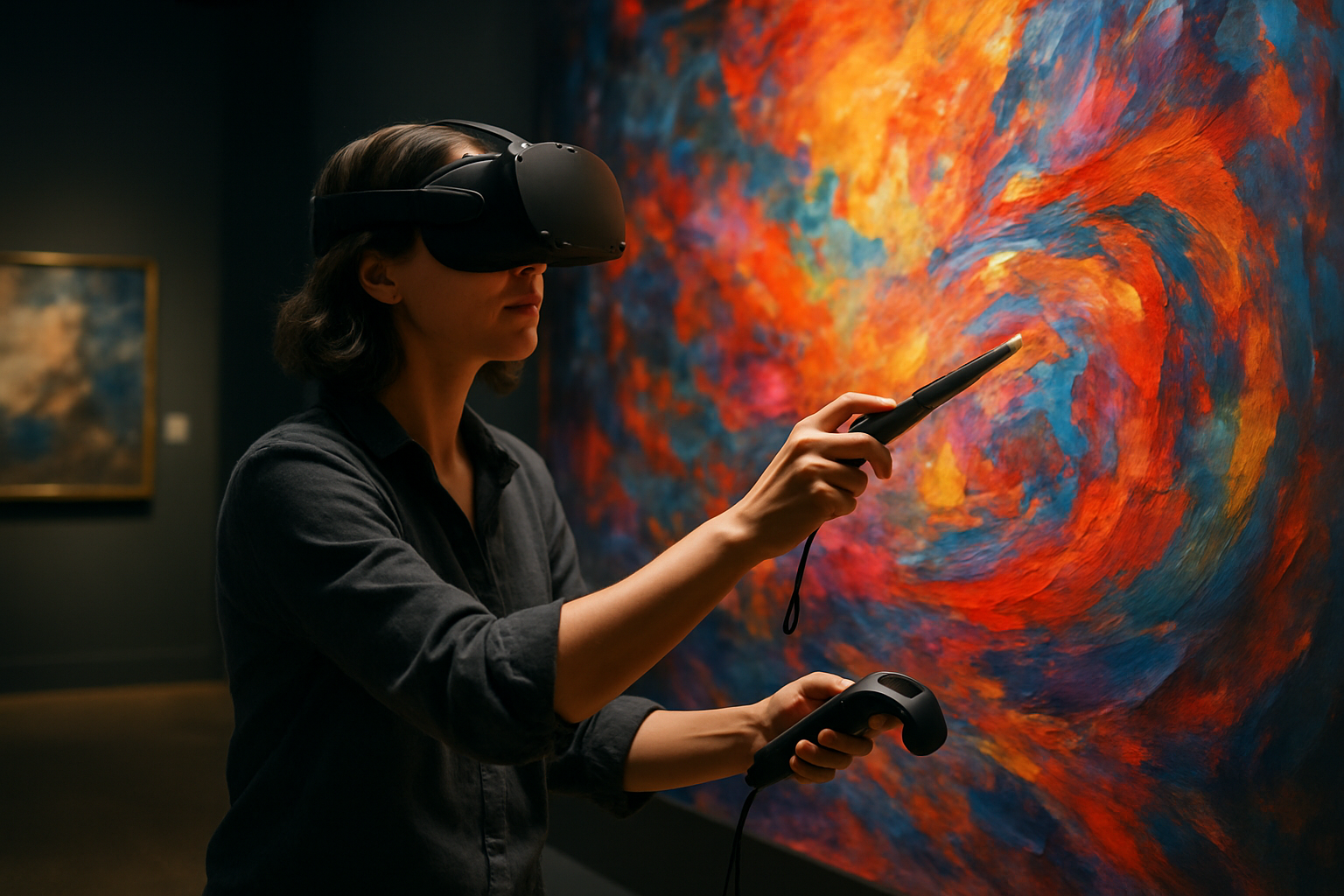Decoding the Enigma: The Resurgence of Analog Cryptography in Modern Art
In an era dominated by digital encryption and cybersecurity, a surprising trend has emerged in the art world: the revival of analog cryptography. This unexpected fusion of centuries-old ciphers with contemporary artistic expression is challenging perceptions and pushing the boundaries of both cryptography and fine art. As galleries and museums worldwide showcase works that blend intricate codes with visual aesthetics, a new generation of artists is exploring the intersection of secrecy, communication, and creativity.

Cryptography as Artistic Medium
Contemporary artists embracing analog cryptography are not merely using it as a gimmick, but as an integral part of their artistic process. Many view encryption as a metaphor for the layers of meaning and interpretation inherent in all art. By physically incorporating ciphers into their works, these artists invite viewers to engage more deeply with the piece, often providing tools or clues for decryption. This interactive element transforms the audience from passive observers to active participants in the artistic experience.
The Technological Paradox
Ironically, the rise of digital technology has played a significant role in the resurgence of analog cryptography in art. As our lives become increasingly digital, there’s a growing nostalgia for tangible, physical experiences. Analog encryption methods, with their tactile nature and historical significance, offer a counterpoint to the intangible world of bits and bytes. Additionally, the widespread availability of information online has made it easier for artists to research and incorporate complex encryption techniques into their work.
Cultural Commentary and Political Statement
Beyond its aesthetic appeal, the use of analog cryptography in art often serves as a form of cultural commentary or political statement. In an age of mass surveillance and data breaches, many artists use encryption in their work to highlight issues of privacy, secrecy, and the value of information. Some create pieces that critique government surveillance programs, while others explore themes of personal identity and the secrets we keep from ourselves and others.
The Future of Encrypted Art
As the movement gains momentum, it raises intriguing questions about the future of art and communication. Will we see a new genre of art emerge, one that requires active decryption to fully appreciate? How will museums and galleries adapt to showcase works that may take hours or days to fully decode? As technology continues to advance, the interplay between analog and digital encryption in art is likely to evolve, potentially leading to hybrid forms that blend the tangible with the virtual.
Challenges and Controversies
The rise of encrypted art has not been without its challenges and controversies. Critics argue that embedding complex codes in artwork can alienate viewers who lack the knowledge or patience to decipher them. There’s also debate within the art world about the balance between conceptual depth and visual appeal. Some fear that the focus on encryption might overshadow other aspects of artistic creation, leading to works that are more puzzle than art.
Educational Impact and Public Engagement
Despite these challenges, the resurgence of analog cryptography in art has had a positive impact on public engagement with both art and science. Museums and galleries hosting encrypted artworks often offer workshops and interactive displays that teach visitors about the history of cryptography and its modern applications. This educational component has helped bridge the gap between STEM fields and the arts, attracting diverse audiences and fostering interdisciplinary thinking.
Collecting and Preserving Encrypted Art
The unique nature of encrypted artworks presents new challenges for collectors and curators. How does one preserve a piece that may require specific decryption tools or knowledge to fully appreciate? Some artists provide detailed instructions or keys with their works, while others intentionally leave their pieces open to interpretation. This has led to interesting discussions about the role of the artist’s intent in the long-term preservation and display of art.
Global Trends and Cultural Variations
While the resurgence of analog cryptography in art is a global phenomenon, it manifests differently across cultures. In some countries with histories of censorship or surveillance, encrypted art takes on a particularly poignant significance. Artists in these regions often use traditional local ciphers or coding systems, adding layers of cultural meaning to their work. This global diversity has enriched the movement, creating a fascinating tapestry of encrypted art that reflects both universal themes and local contexts.
In conclusion, the revival of analog cryptography in modern art represents a fascinating convergence of history, technology, and creativity. As artists continue to explore this medium, they challenge us to look deeper, think critically, and engage with art in new and meaningful ways. Whether viewed as a nostalgic nod to the past, a commentary on our digital present, or a glimpse into a future where art and information are inextricably linked, this trend is undoubtedly leaving its mark on the contemporary art scene.




